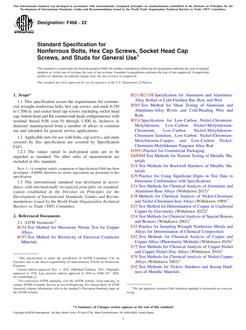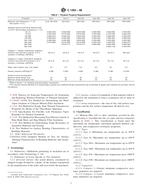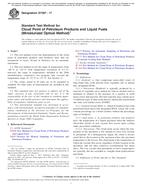1.1 This practice describes specific procedures for obtaining solution hydrolysis rate constants and half-lives of organic chemicals that may enter the aquatic environment.
1.2 Solution hydrolysis data are obtained in sterile, buffered water using laboratory studies in which the concentration of a chemical as a function of time is measured.
1.3 A four-tiered approach is described. The testing procedures are designed to provide basic and easily obtainable information in the first tier. More detailed and costly experiments are proposed in subsequent tiers. This approach is more cost effective than one which provides for no sequential assessment.
1.4 Since all details are not covered in this practice, successful execution of the described tests will require some training or experience in the area of hydrolysis. Familiarity with the material in the references is essential.
1.5 This practice describes laboratory studies. It is not designed to provide data directly applicable to the environment. Extrapolations to specific environmental situations may require additional data or tests not included in this practice.
1.6 This practice does not consider the possible hydrolytic influences of dissolved organic matter or of adsorption/catalysis by suspended material.
1.7 This practice is written to minimize competitive processes such as oxidation, reduction, substitution, and microbial reactions.
1.8 This standard does not purport to address all of the safety concerns, if any, associated with its use. It is the responsibility of the user of this standard to establish appropriate safety and health practices and determine the applicability of regulatory limitations prior to use.
Product Details
- Published:
- 02/01/2008
- Number of Pages:
- 5
- File Size:
- 1 file , 83 KB


